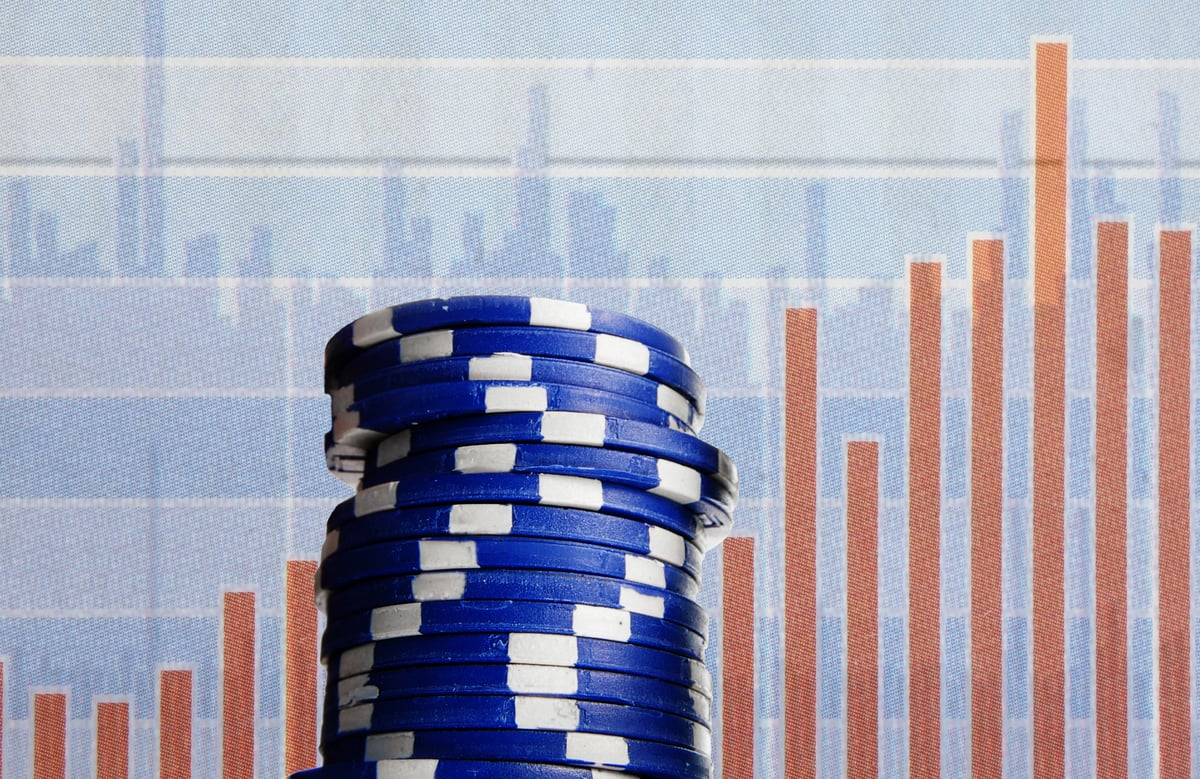What happens when the Italian automotive design firm Pininfarina and a horde of Coca-Cola (KO +2.04%) industrial engineers tinker with a micro-dosing technology delivered by DEKA, the company that invented the Segway? Enter the Coca-Cola "Freestyle," a single fountain equipped with a touchscreen, capable of dispensing more than 125 Coke-branded drinks and innumerable variations.
It's a sleek, minimalist machine, combining a dispensing unit that recalls the chrome soda fountains of the '50s with the subtle molded contours of a contemporary illuminated cabinet. Since its introduction in 2009, the eye-catching fountain has progressed methodically through test marketing, but it now appears to be gaining traction, as it's available in 4,500 locations and growing.

Source: Pininfarina.it.
Innovation leverages revenue and marketing
Coke will see an impact on its top-line growth if the Freestyle gains widespread adoption. Lease rates and the cost of mix ingredients for the Freestyle are 30% higher than traditional fountain machines. The Freestyle may also prove its value as a marketing tool. Coca-Cola's global strategy rests on the enhancement of its core capabilities, one of the pillars of which is consumer marketing. Around the world, Coke engages in a herculean effort to direct eyeballs to its brands. In developing markets, the company fights for carbonated cola shelf space, but it also has to win shelf placement in the increasingly crowded varieties of non-carbonated drinks that Coke and its competitors offer. Installing Freestyle machines in developing markets could leverage Coke's marketing efforts by engaging consumers to try new brands. Thus, customers might first encounter a label via the Freestyle, enjoy the taste, and then find the same drink for purchase in bottled form in nearby grocery and convenience stores.
Coca-Cola will also reap valuable customer insight by mining the data from the machines. Every Freestyle maintains a data connection to Coke headquarters and uploads information about each drink dispensed and all supplies used. The company should enjoy a wealth of real-time information about ordering habits and popular flavors that may be candidates for bottling in local areas, not to mention cost information from the supplies data.
Benefits to restaurants
In theory, the Freestyle should be sought after by restaurants as well. Firehouse Subs, which claims that it was the "first brand to advertise" the Freestyle machine, reports a double-digit increase in sales in the first quarter of last year from its marketing partnership with Coke. Burger King Worldwide (BKW +0.00%) has signed on to place a Freestyle machine in every one of its company-owned stores, although this is less impressive than it sounds, as the company is in the process of selling its stores and transitioning to a 100% franchisee store-owned model.
The chain that can exert a disproportionate influence on Freestyle acceptance is, of course, McDonald's (MCD +2.33%). One of the most visible purveyors of Coke products, McDonald's would probably welcome the widespread adoption of the Freestyle. After all, the Golden Arches have recently encountered some consumer fatigue. McDonald's U.S. sales have been stalling recently. It could use an incremental sales injection generated by the Freestyle, even if it's temporary.
The most powerful quality control inspector: the customer
Which brings us to a surprising supersized "if": The Freestyle may suffer from a small but tangible quality issue. As reported by website Benzinga earlier this year, a common complaint regarding the Freestyle is the residue of flavor left from previous drinks. The customer in front of you who orders an Orange Vanilla Hi-C may leave behind a tiny residual flavoring in the tubes that colors the taste of your straight-up, traditional Coke. You can bet that McDonald's, to whom standardization is a directive, won't fully implement a fountain for which it cannot assure a consistent taste across its highest-selling drinks. In addition, existing Coke fountains allow for multiple simultaneous servings, whereas the Freestyle can accommodate only one customer at a time. Of concern to McDonald's as it tests the Freestyle will be the speed at which customers can self-serve inside restaurants.
Time will render its verdict
Muhtar Kent, CEO of Coke, has emphasized a long-term approach to the Freestyle, indicating that Coke will see the benefits of the system "this decade." Conceivably there is plenty of time to address quality issues. However, once the novelty wears off, it's possible that we may ultimately see the Freestyle as an addition to, but not a replacement for, the traditional fountain. Potential abounds for this innovative product, but only time will decide if it's a practical replacement for current dispensing technologies.
Have you tried the Coca-Cola Freestyle? Let me know about your experience in the comments section below.






